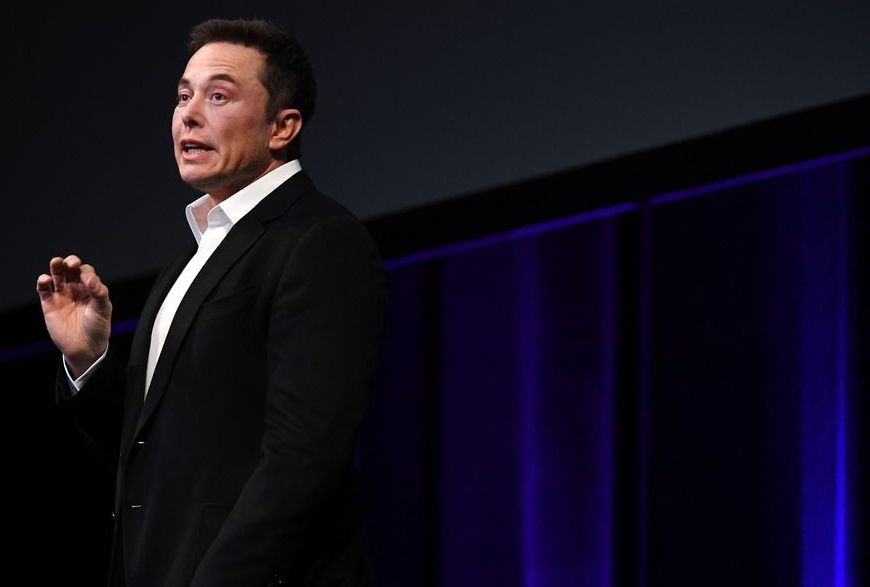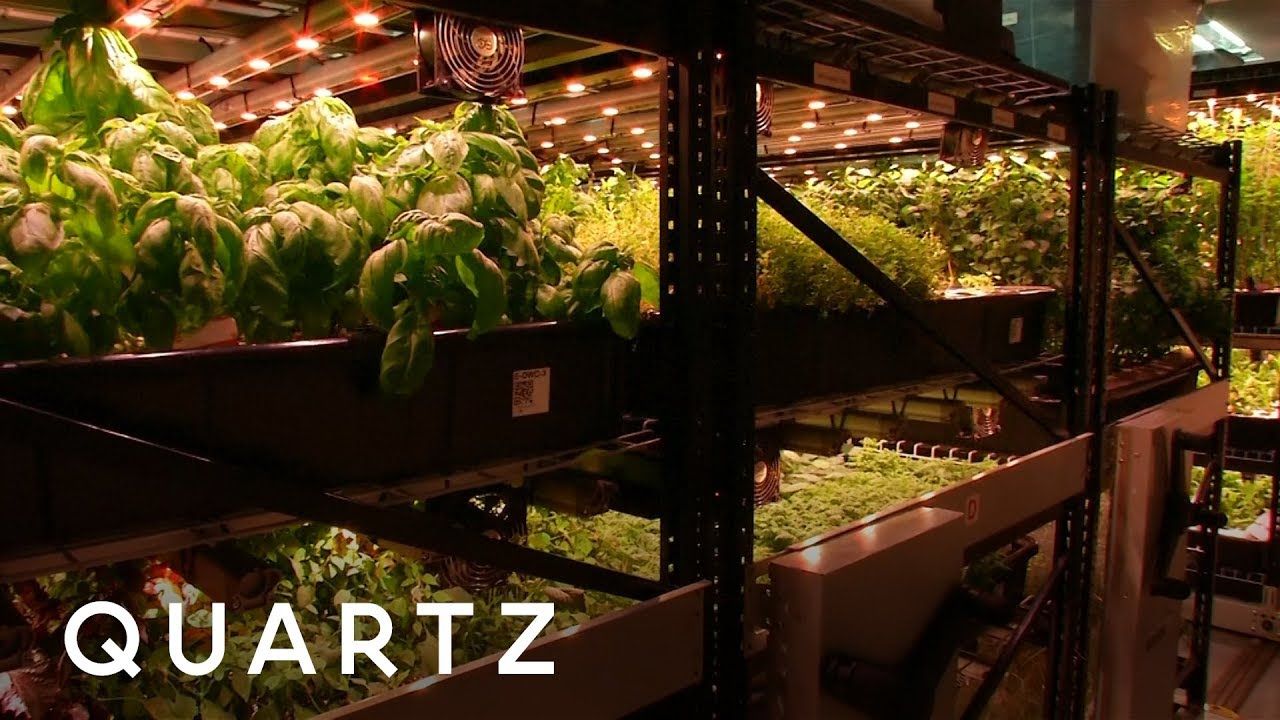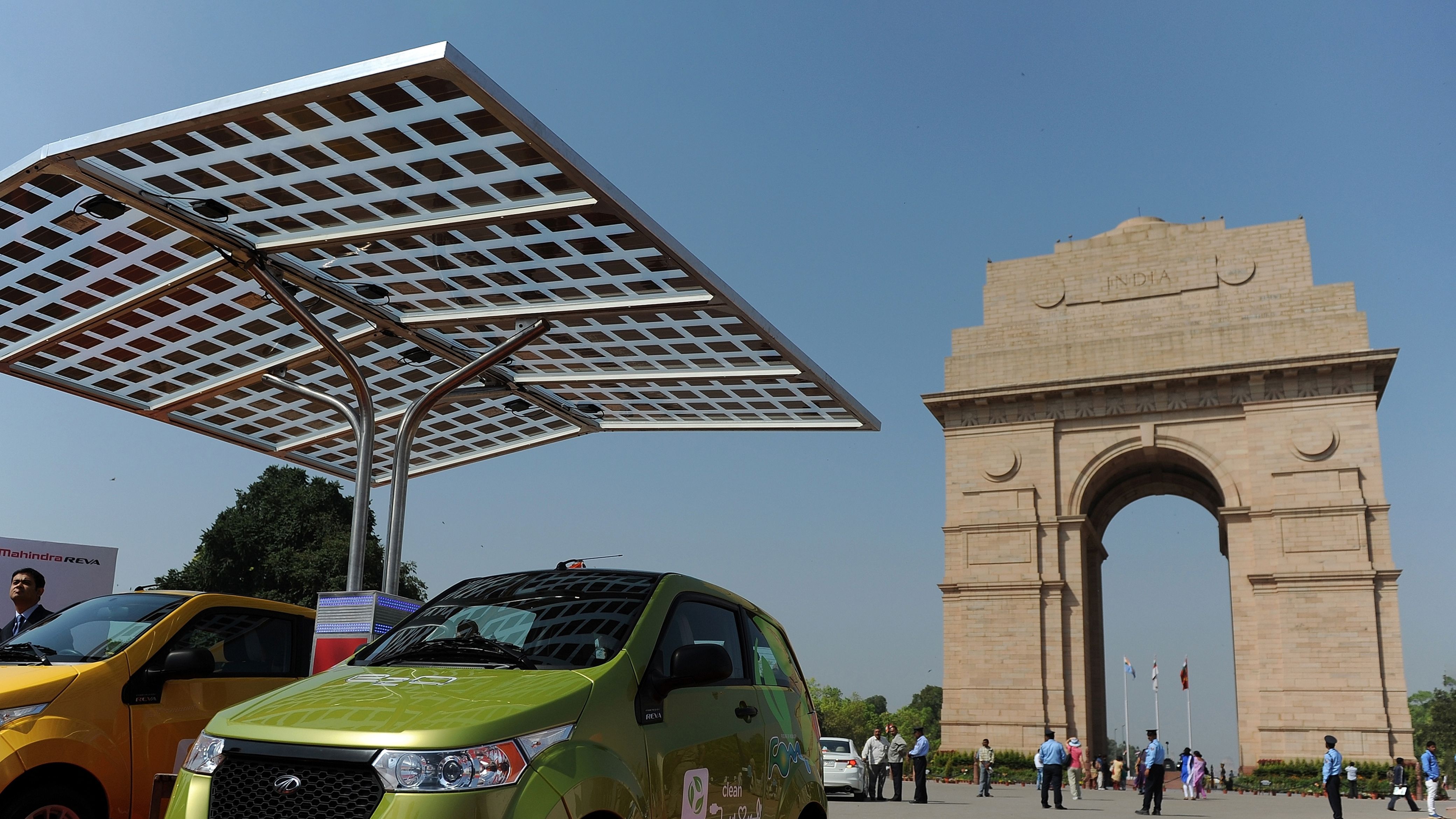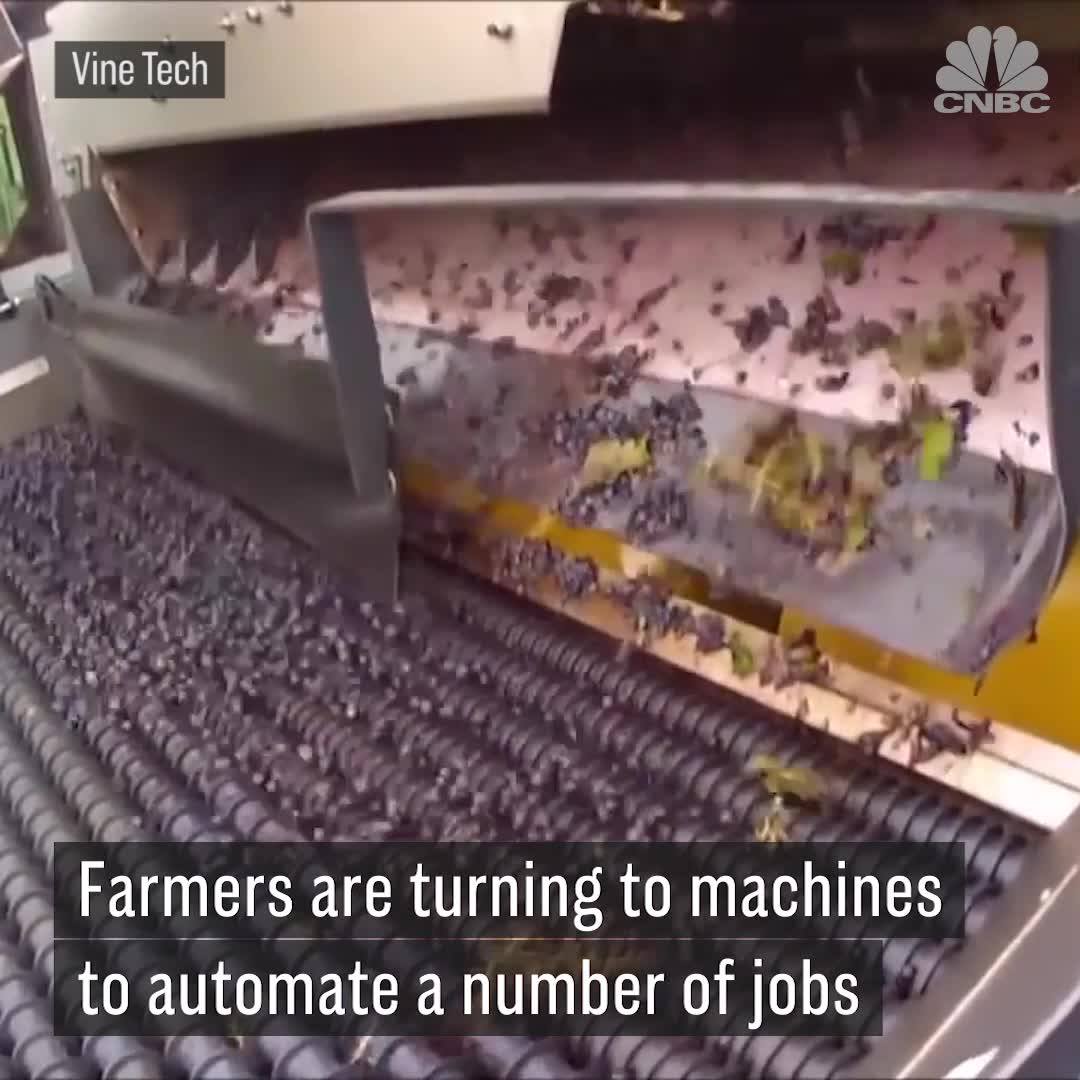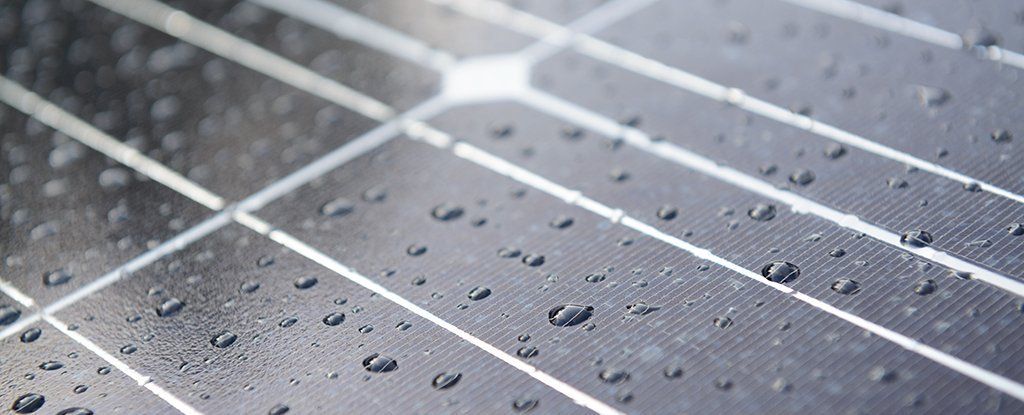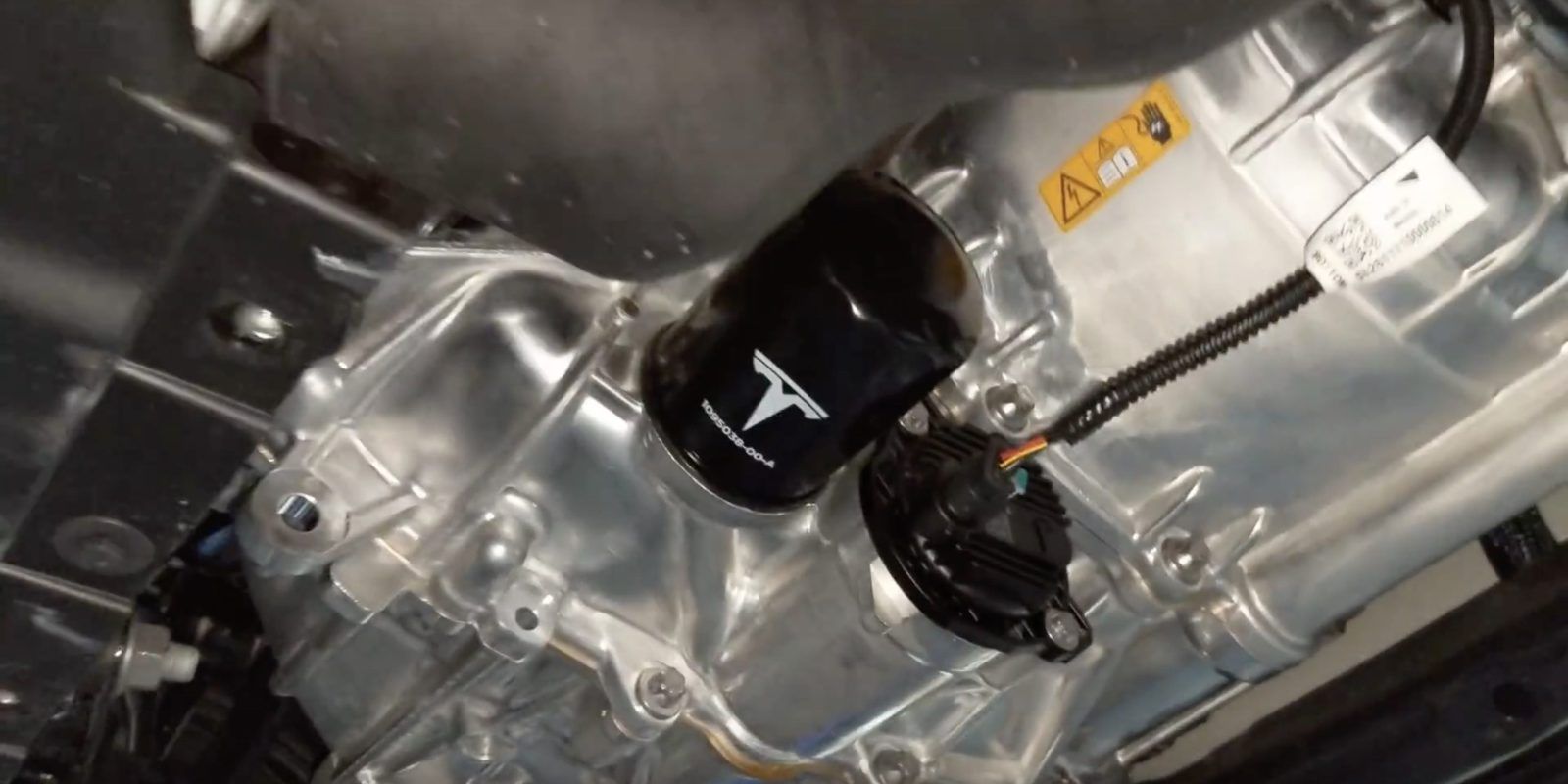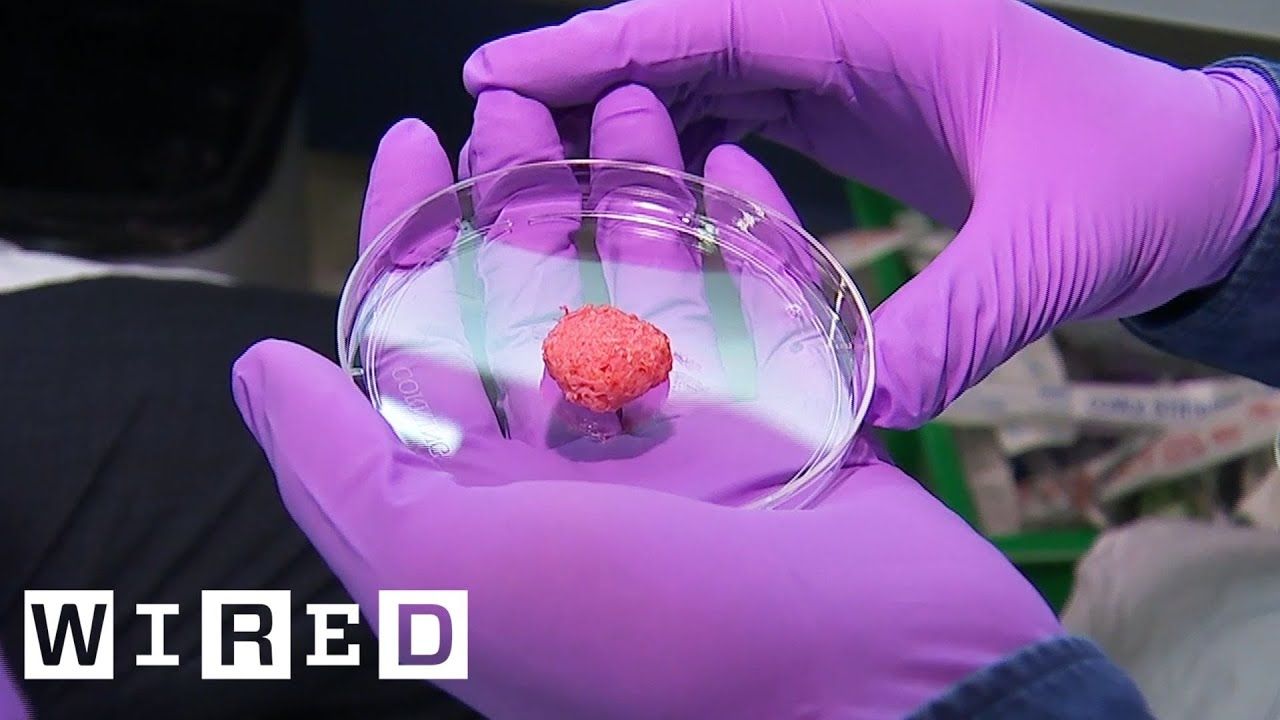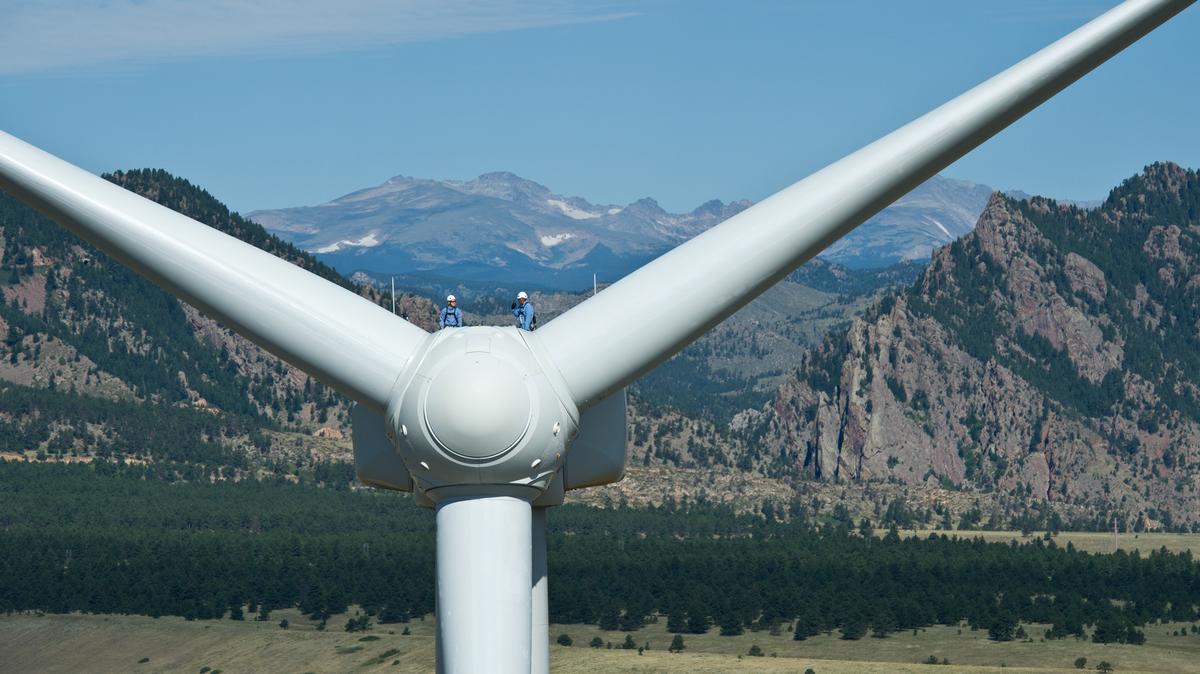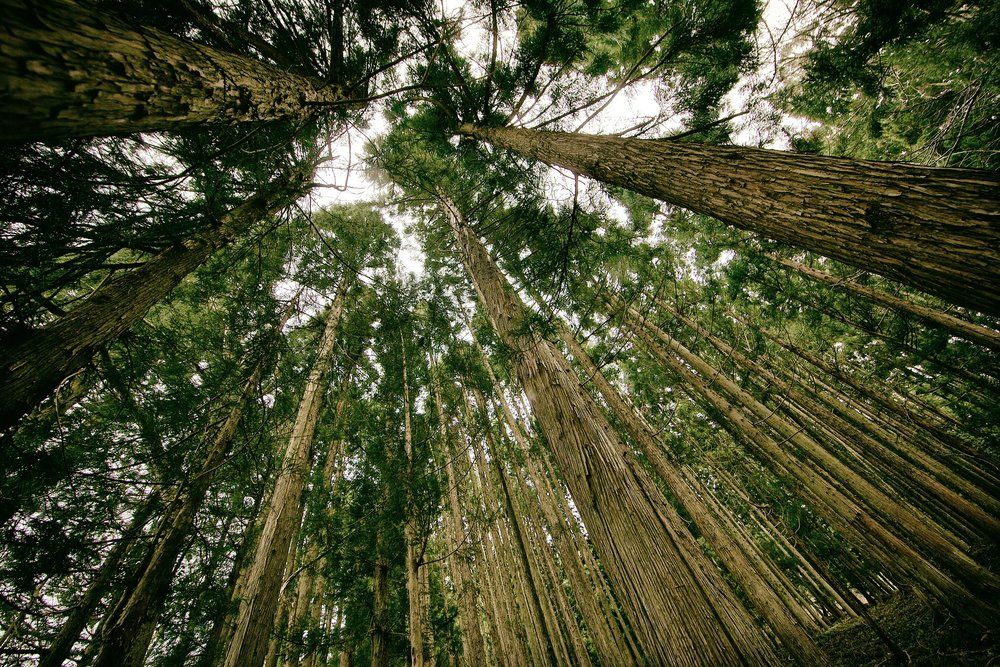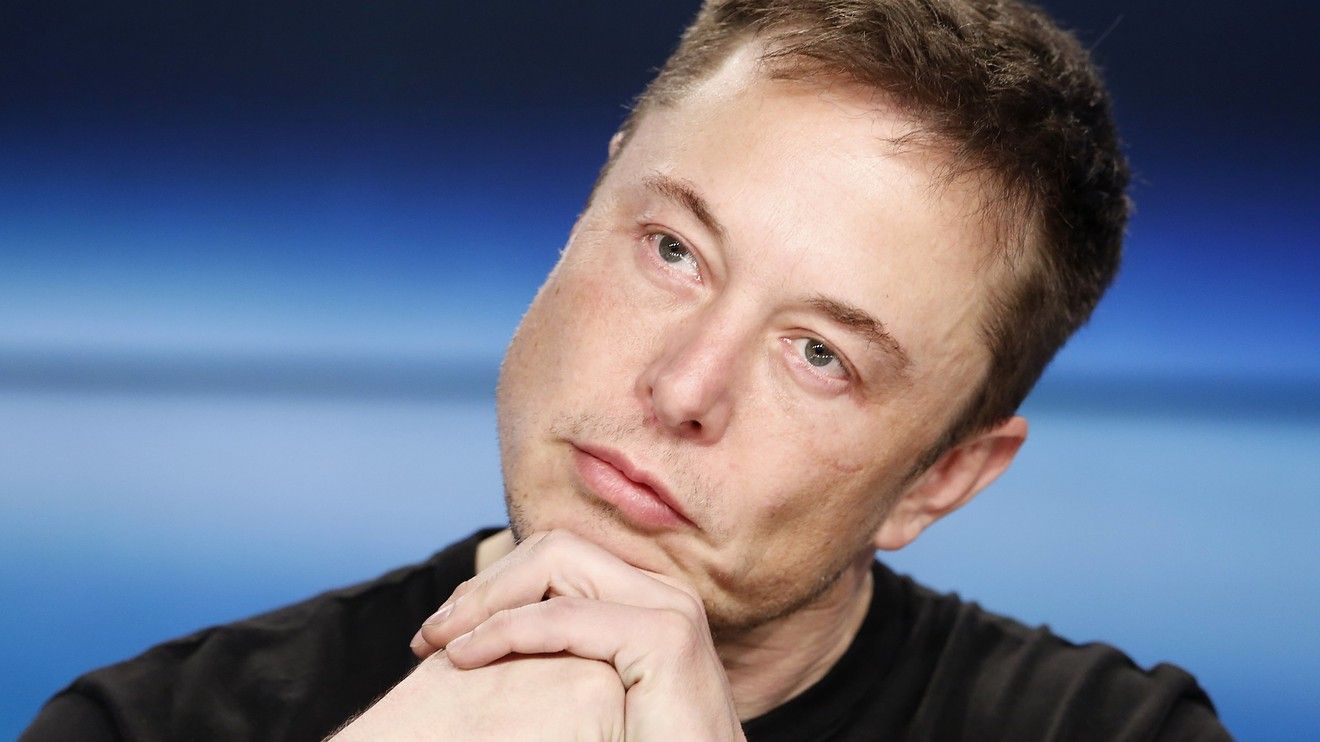“A few months from now, a group of people will come here with something called an electric car. I need to know whether or not you have the right voltage connection for them to plug in their vehicles. Do you understand what I’m asking for?”
Mr. Dev Reddy, manager of a gas station in rural Anantapur district of India’s Andhra Pradesh looked at me as if he understood. It was 2008, and most people in India had never seen an electric car, but without flinching he took me to a shed to reveal a large plug point, which was used to power an electric sugar cane juicing machine. One look at it and I knew that there was sufficient voltage coming through the connection to be able to charge the lithium-ion battery in the REVA electric vehicles my friends and I would be driving 3,500 kilometers across India.
In 2008, it was folly to imagine India creating new technological solutions to address the climate crisis. For decades India had called itself a victim of climate change and thus incapable of acting to reduce emissions; what’s more, 400 million Indians had no access to electricity at all.
Read more
